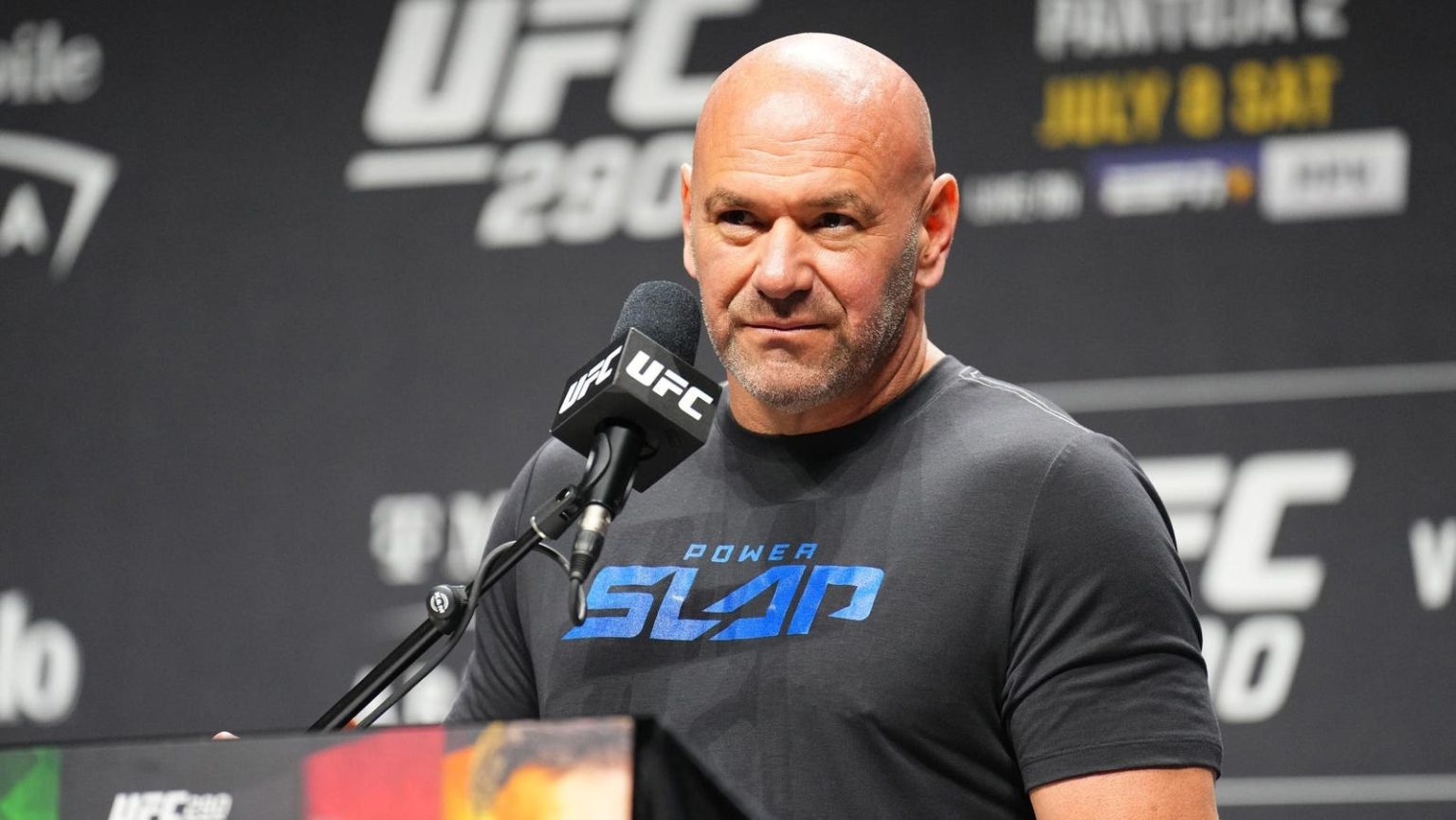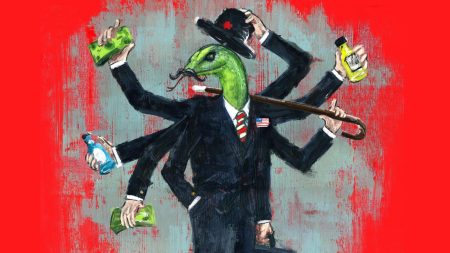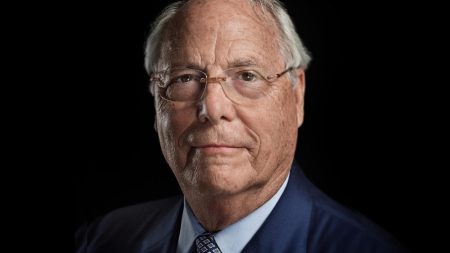UFC Roster Shake-Up: Five Fighters Released After Disappointing Starts to 2025
The Ultimate Fighting Championship (UFC) has reportedly parted ways with five fighters, including Victoria Dudakova, Josefine Knutsson, Ihor Potieria, Magomed Gadzhiyasulov, and Jose Johnson. The releases, which occurred on Friday, January 24th, appear to be a consequence of recent performances, particularly losses suffered on the first fight card of 2025. While some releases were expected due to consistent underperformance, others, like Gadzhiyasulov’s, have raised eyebrows considering his promising record. The news highlights the high-stakes nature of the UFC and the constant pressure to perform at the elite level.
Dudakova’s release follows a tumultuous period. After gaining notoriety for slapping her coach and husband following a second-round TKO loss to Fatima Kline at UFC Vegas 101, Dudakova issued a public apology, citing frustration over her coach’s delayed response. Her UFC journey, which began with a promising victory on Dana White’s Contender Series, ultimately ended with consecutive losses, leading to her release. At 25, Dudakova still has time to rebuild her career, potentially in another promotion.
Josefine Knutsson’s UFC tenure was short-lived. After suffering her first professional MMA loss in December at UFC Tampa, Knutsson was released. She was quickly drafted by the Global Fight League and is expected to join their London-based team. The move offers Knutsson a new platform to develop her skills and continue her fighting career. Her release underscores the unforgiving nature of the UFC, where even a single loss can have significant consequences.
Ihor Potieria’s release was perhaps the least surprising of the five. His time in the UFC was marked by inconsistency and weight management issues. Despite a memorable win over MMA legend Mauricio “Shogun” Rua, Potieria struggled to maintain momentum, accumulating a 2-6 record within the promotion. Two instances of missing weight further compounded his difficulties. The combination of poor performance and unprofessional conduct ultimately sealed his fate within the UFC.
Jose Johnson’s UFC career also concluded with a 2-3 record, mirroring Potieria’s struggles. A weight miss in his final fight against Felipe Burnes on January 11 likely contributed to his release. With a career record of 16-10, Johnson will likely seek opportunities in other promotions to rebuild his standing and continue competing. The release emphasizes the importance of consistent performance and adherence to weight class requirements within the UFC.
Magomed Gadzhiyasulov’s release is the most perplexing. Boasting a 9-1 record prior to his January 11 loss to Bruno Lopes, Gadzhiyasulov’s potential seemed promising. Unlike Knutsson, he wasn’t immediately drafted by the GFL, leaving his future uncertain. His release suggests that factors beyond a single loss might have played a role, potentially including contractual disagreements or other behind-the-scenes considerations.
The cluster of releases following the first fight card of 2025 indicates a potential shift in the UFC’s approach to roster management. The willingness to release fighters with promising records, like Gadzhiyasulov, suggests a heightened emphasis on consistent performance and a lower tolerance for setbacks. The UFC’s competitive landscape demands constant evolution and adaptation, and these releases highlight the ongoing struggle for fighters to maintain their positions within the organization. The released fighters now face the challenge of finding new platforms to continue their careers and prove their worth in the competitive world of mixed martial arts. Whether they can regain momentum and return to the UFC or find success in other promotions remains to be seen.
The UFC, like any professional sports organization, constantly evaluates its talent pool and makes adjustments based on performance, marketability, and other factors. These releases, while individually impactful for the fighters involved, represent a routine part of the business. The high turnover rate in the UFC reflects the intense competition and the constant influx of new talent vying for a spot on the roster. For the released fighters, this represents a setback, but also an opportunity to reassess their careers, refine their skills, and potentially return to the UFC or find success in other organizations.
The impact of these releases extends beyond the individual fighters. It serves as a reminder to all UFC athletes of the precarious nature of their positions and the importance of consistent performance. Every fight carries significant weight, and a string of losses can quickly lead to a fighter’s dismissal. This creates a high-pressure environment where athletes are constantly striving to improve and maintain their competitive edge. The UFC’s demanding standards ensure a high level of competition and entertainment for fans, but also create a challenging environment for the fighters.
The UFC’s decision also has implications for matchmakers and future fight cards. The removal of these fighters necessitates adjustments to upcoming events and potentially opens doors for other aspiring fighters to step into the spotlight. The constant churn of talent creates a dynamic environment where new stars can emerge and established fighters must constantly prove their worth. This ongoing process keeps the UFC fresh and exciting, providing fans with a constant stream of new matchups and storylines.
The releases also highlight the importance of fighter development and management. For fighters like Dudakova and Potieria, who showed flashes of potential but ultimately struggled with consistency, the focus now shifts to identifying areas for improvement and finding the right coaching and training environment to maximize their potential. Whether they can address their weaknesses and return to the UFC or find success elsewhere will depend on their dedication, adaptability, and the support system they surround themselves with.
In the ever-evolving world of mixed martial arts, the UFC remains the premier organization, attracting the best fighters from around the globe. The high level of competition and the constant pressure to perform create a demanding environment where only the most skilled and resilient fighters can thrive. These recent releases serve as a reminder of the challenges and uncertainties inherent in the sport, and the importance of continuous improvement and adaptation for any fighter hoping to achieve long-term success.















